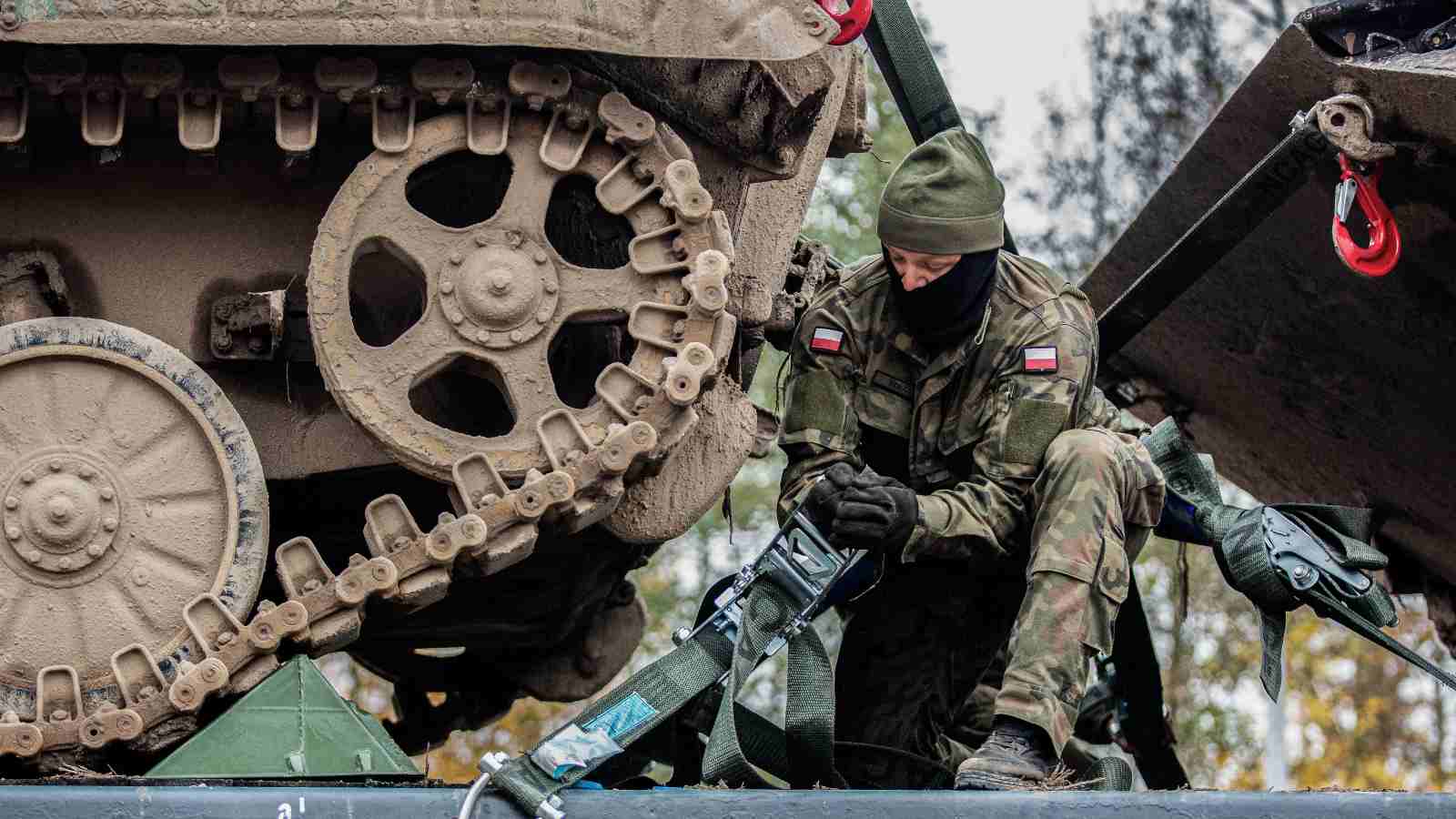WP Post Author
Heinrich Brauss
WP Post Author
WP Post Author
Julian Lindley-French
March 3, 2021
Anticipating a Changing Geostrategic Environment
This scenario highlighted the time that will be needed for extensive political consultations and preparations of the legal process for crossing the Norwegian-Swedish border ahead of any planned military movement. This is because there are multiple levels of authority that need to grant approval for any such movement.
Dealing with Legal/Diplomatic Standards
Importance of civil society: The scenario highlighted the importance to military mobility in the Nordic-Baltic region of civil society and its many organizations in both Norway and Sweden. Appropriate relationships with these institutions will thus need to be built as they are often best equipped to enable such movements and best placed to offer insights to movement planners on route networks and the capacities of necessary staging areas. Particular focus will be needed on the expeditious completion of Sweden’s Host Nation Support (HNS) request process for the use of civilian infrastructure by military equipment. Thankfully, many of the necessary legal and political requirements needed to move military equipment across the region are already in place through bilateral and HNS agreements in Sweden and Norway.
Managing Infrastructure Requirements and Standards
Road and rail lacunae: Road and rail transport will pose greater challenges than shipping in this scenario as Oslo is able to receive forces, although the Port of Stockholm is unlikely to be available thus requiring the use of ports to the north and south of the city. Critically, road, rail, and shipping capabilities for any movement in strength will need to be assessed early, with particular concern for EU regulations for the transport of dangerous goods. Both road and rail capacity is limited in Sweden, which could cause a three-to-four-week delay in the transport of heavy equipment, not least because of the relatively small number of railway flat cars of the appropriate size. Consideration should thus be given to the use of wheeled rather than tracked armored vehicles as this would also make alternative and multiple routes available. Storage options in Sweden are also limited.
Continuous inventory: The scenario also highlighted the need for a rolling inventory to establish the state and scope of the relevant equipment expedited military mobility would need. Much of the equipment will be civilian. It will need to be tested for cyber resilience in a coordinated manner by both government and industry. Part of that testing regime will require exercising cyber vulnerabilities and multimodal transport and infrastructure interfaces to assess where weak connections could impede operations. Any such effort will, of course, cost money and it is important that appropriate funding is identified and coordinated between NATO, the European Union (EU), and the host nations with incentives to industry and the host nation to commit to the capital funding outlays needed to improve infrastructure vital to improved military mobility. A critical step will be to strengthen the resilience of civil infrastructure through improved civil-military communication, which will also need to be built into the planning process.

Photo: The Very High Readiness Joint Task Force, consisting of 9 nations, trains a river crossing near Rena, Norway. They will be on stand-by for the NATO Response Force 2019. They are joined by the British 4th Infantry Brigade. During Exercise Trident Juncture 2018 in Norway they certify themselves for this task. Credit: NATO
Determining Chains of Command and Communication
A common operational picture: For an effective chain of command and control to be established, the scenario underlined the need for a common operational picture that will be established and maintained by Norway and Sweden. Successful civil-military cooperation will, in turn, only be established if roles, responsibilities, and command and control structures are designed from the outset to bridge the civil-military spectrum and the structures and institutions therein. The scenario’s findings placed particular importance on the need to facilitate early use of host nation infrastructure through increased cooperation between industry, civilian authorities, and host nation militaries.
Information warfare: Three necessary courses of action were identified to address the information risks to the security of military mobility in the scenario. First, the use of information warfare (infowar) during any emergency will require the need to educate political and industry leaders, as well as populations, on the threat posed by state actors, although the working group did not specify who would be responsible for such a program. Second, the need to promote military and industrial standardization and interoperability across both the physical and cyber domains to promote enhanced civilian resilience and improved civil defense. And third, to promote increased awareness of the cyber threat posed to military mobility through better communications between critical mobility stakeholders during the planning phase, as well as far closer civil-military relationships to ease incompatibilities between military and civilian equipment. Particular attention must be paid to the impact of 5G technologies and their use which could allow adversaries to attack at great speed but remain undetected.
Scenario 1: Norway to Estonia
![Scenario 1-01[1]](https://cepa.org/wp-content/uploads/2021/02/Scenario-1-011.jpg)
NEXT APPENDIX
LEARN MORE
RETURN TO MAIN REPORT
The CEPA Military Mobility Project
LEARN MORE









